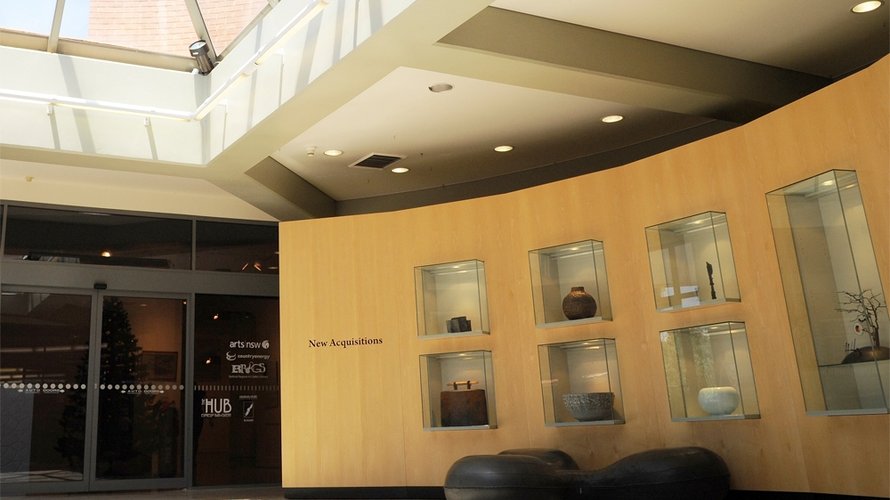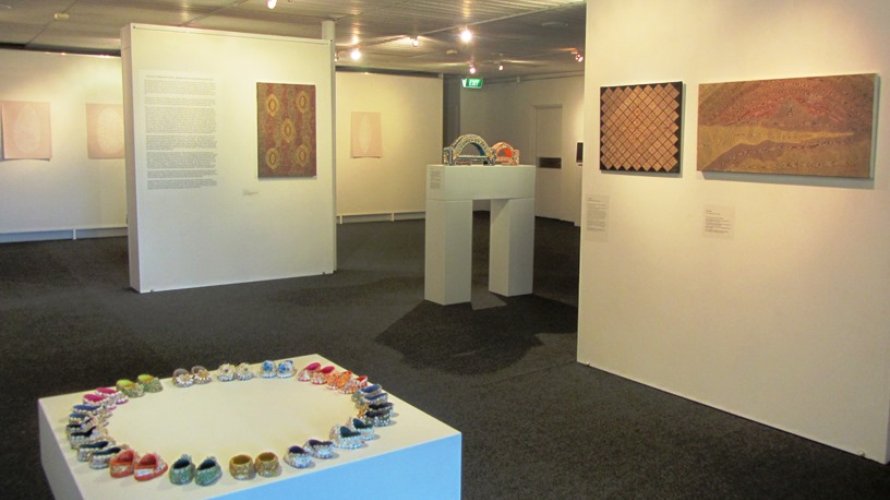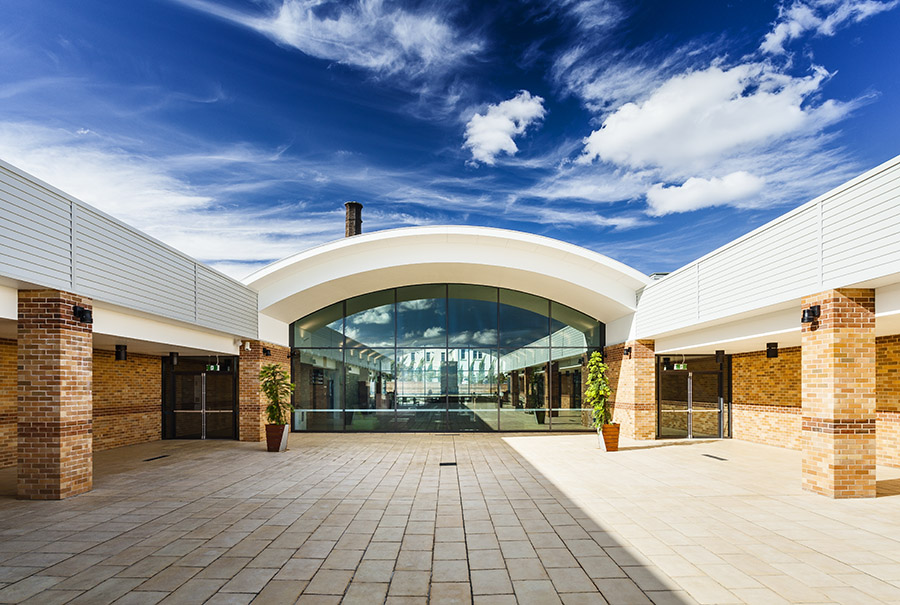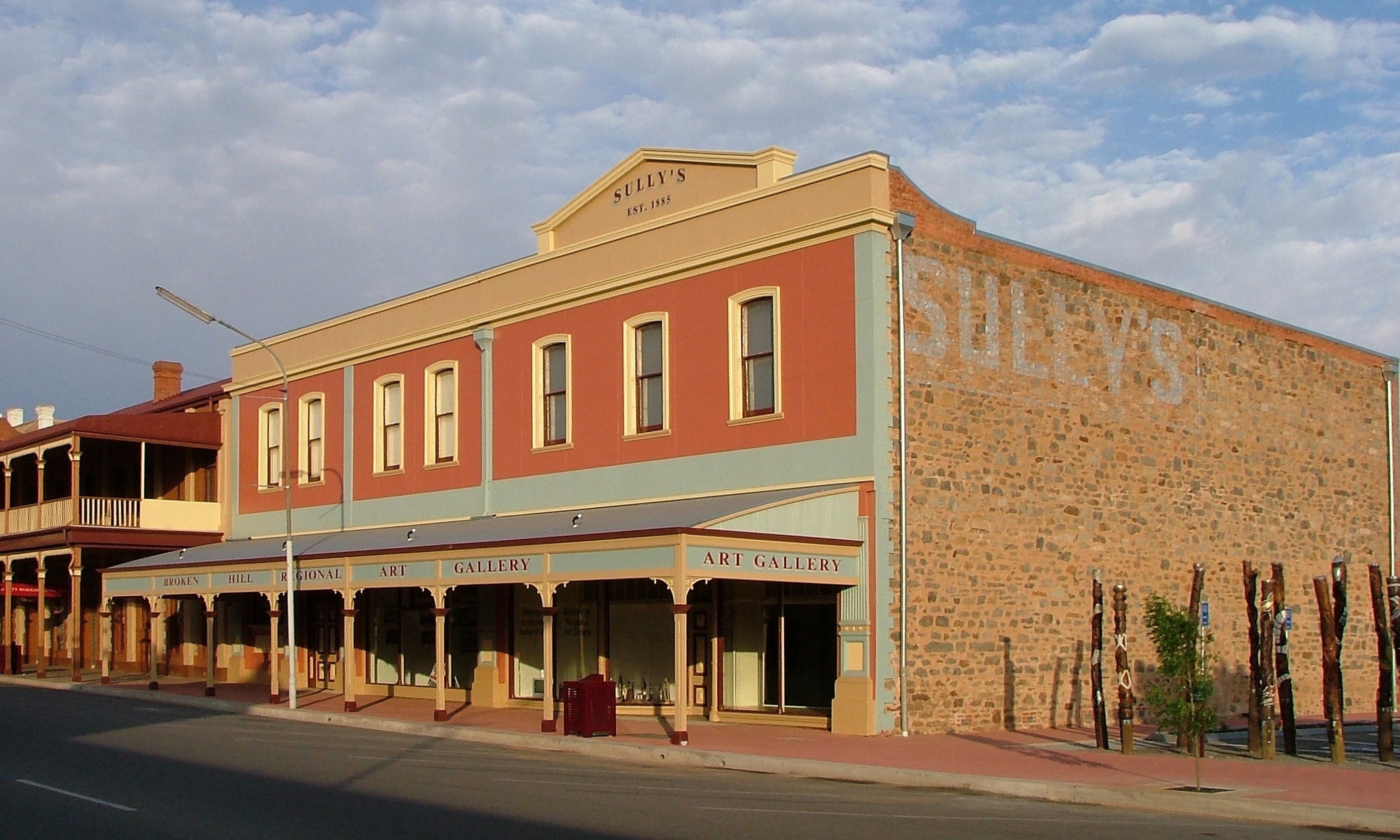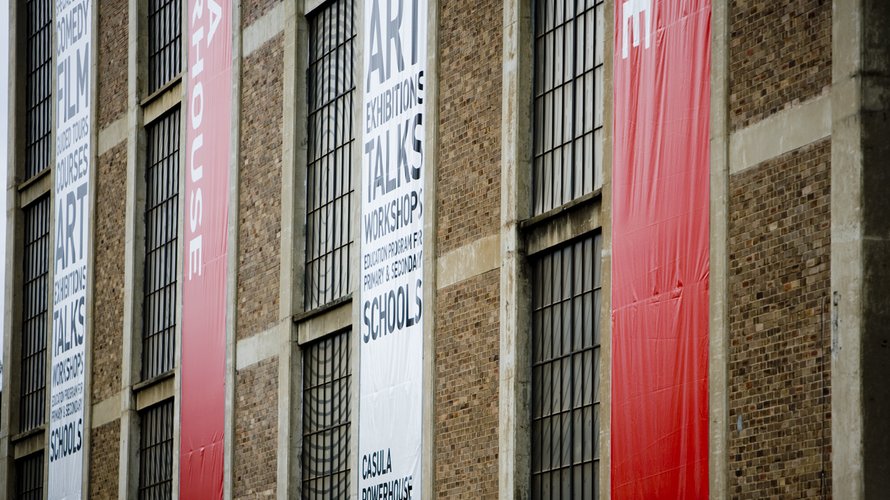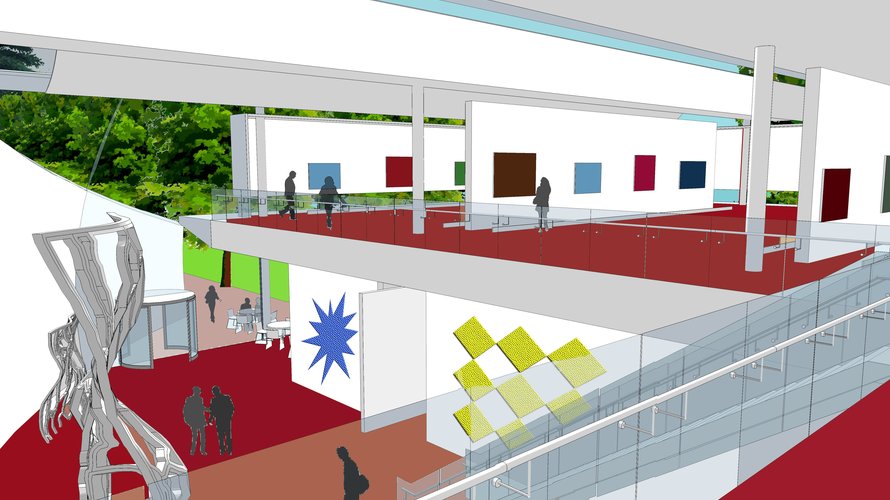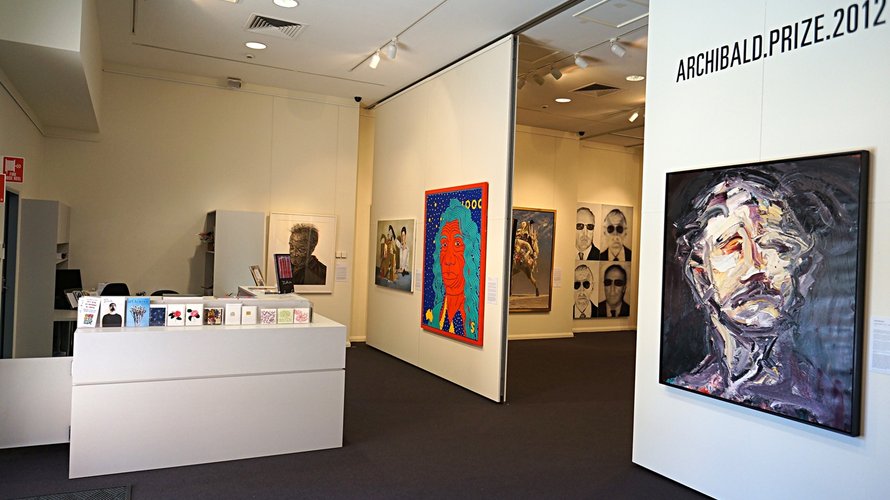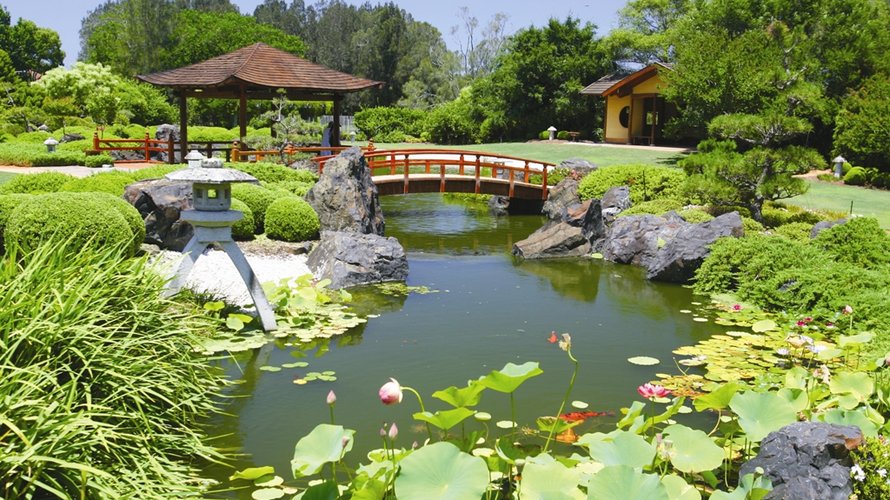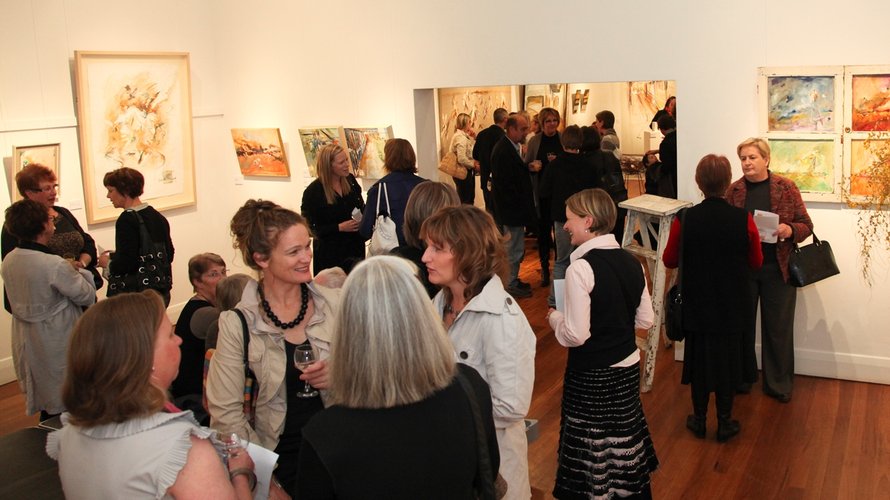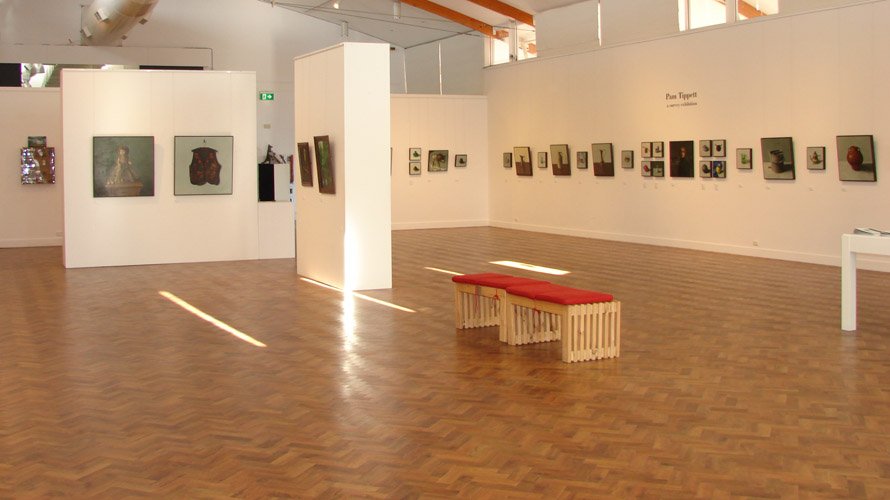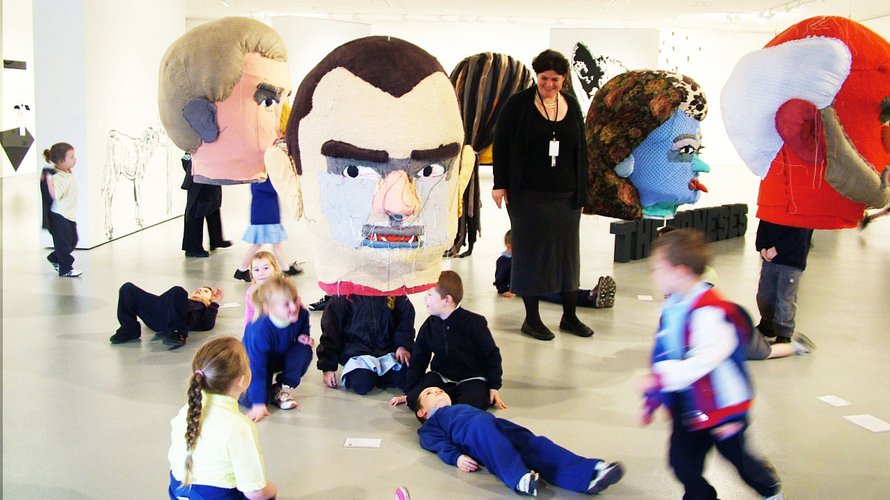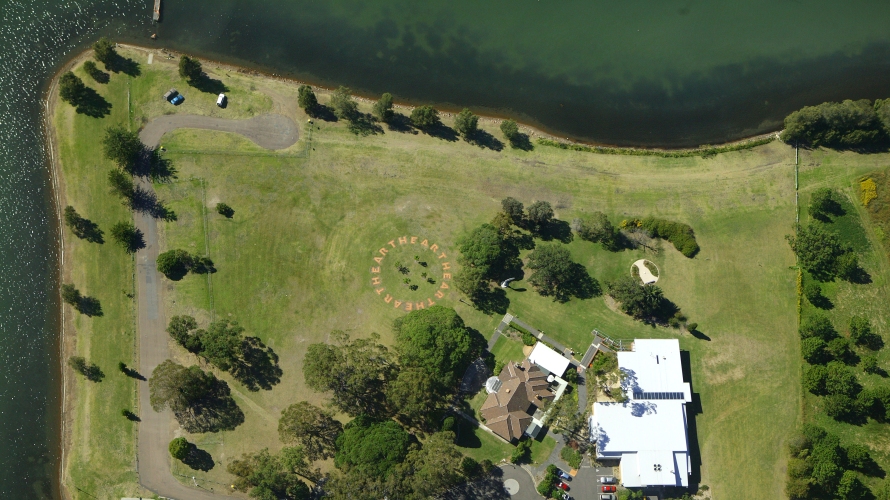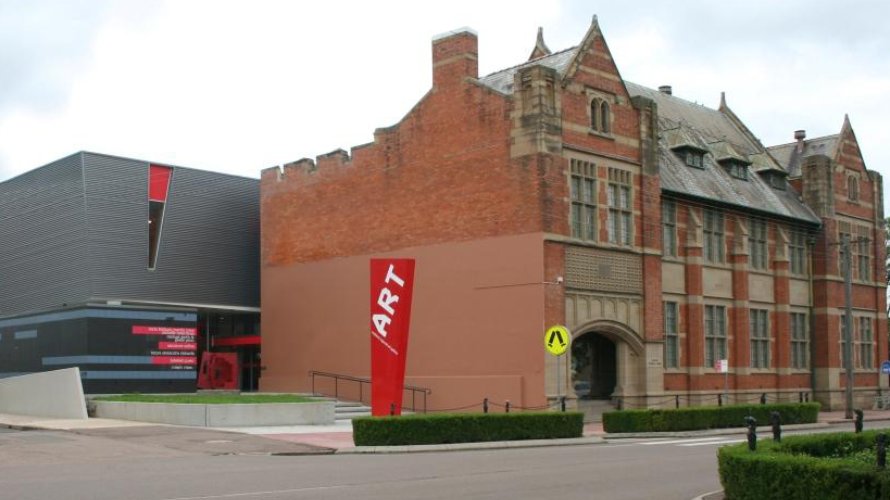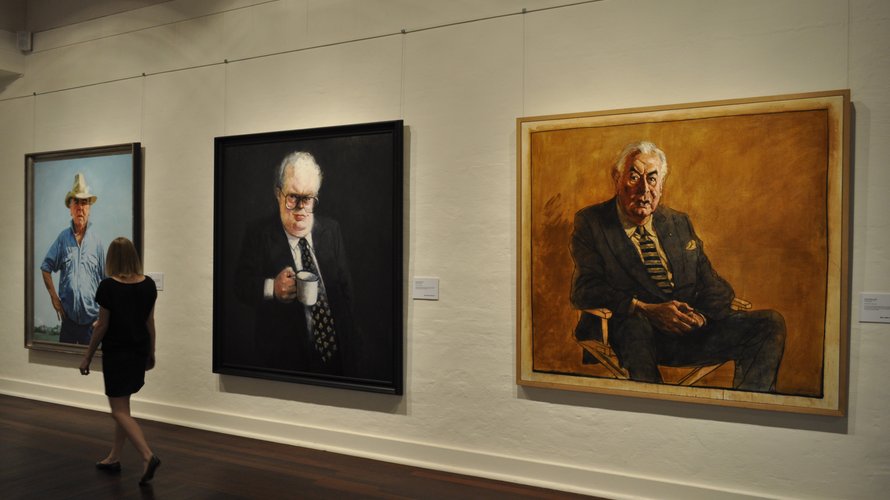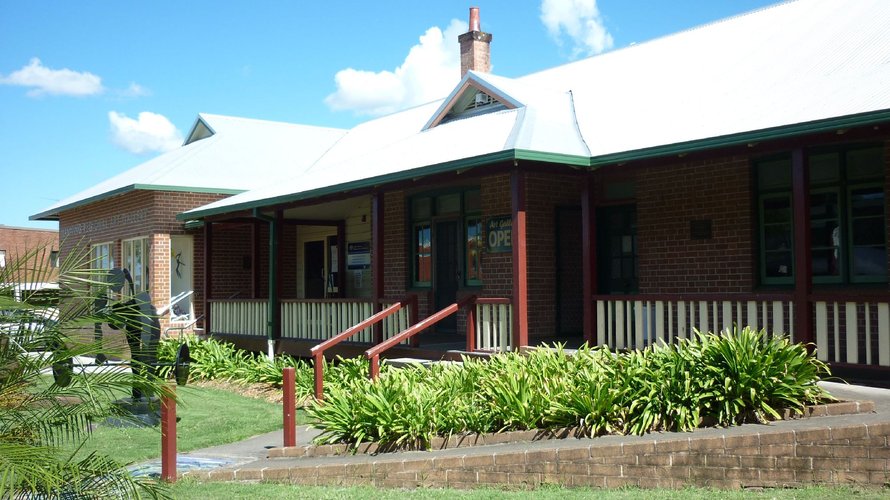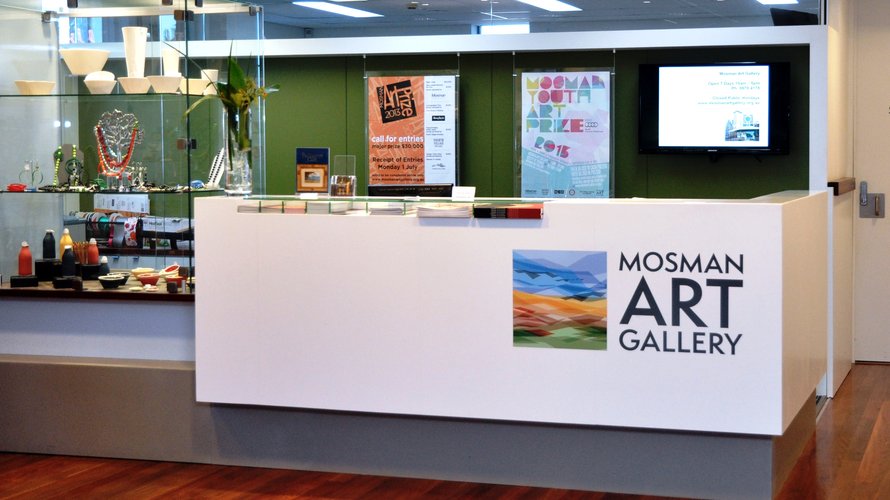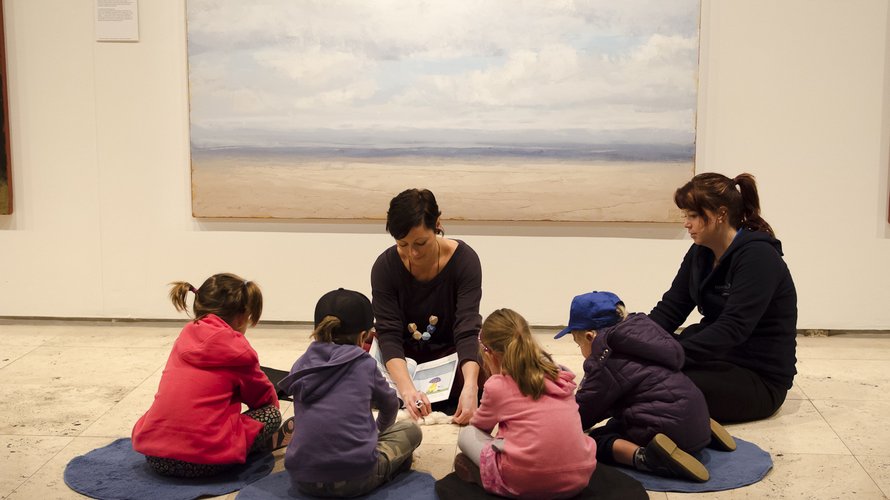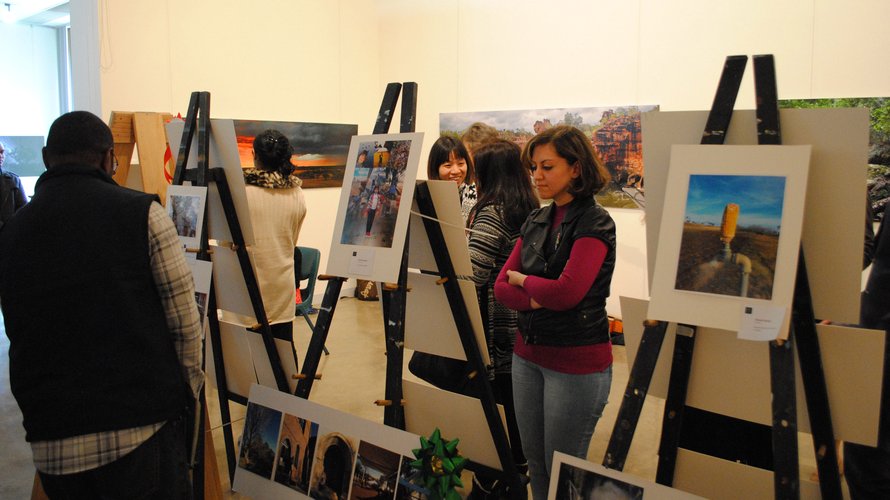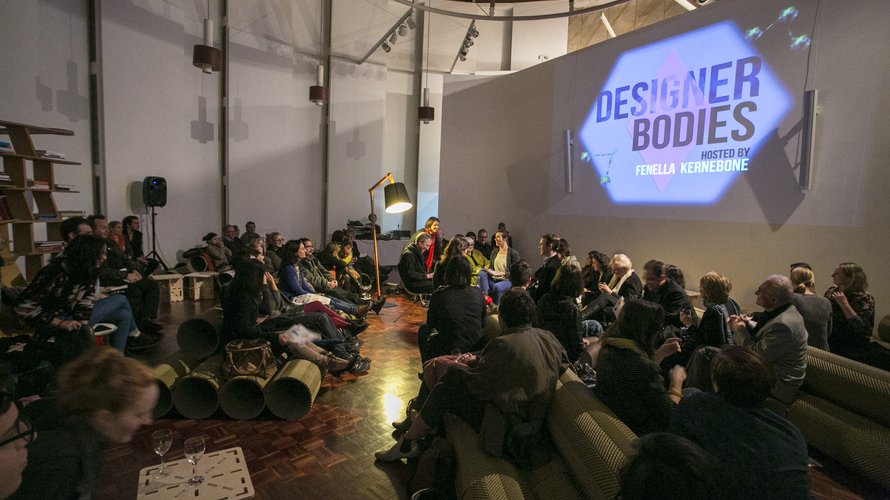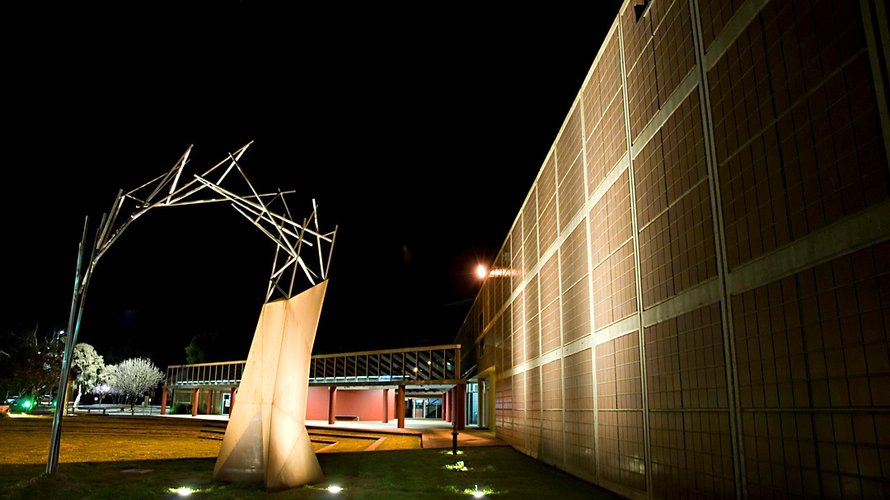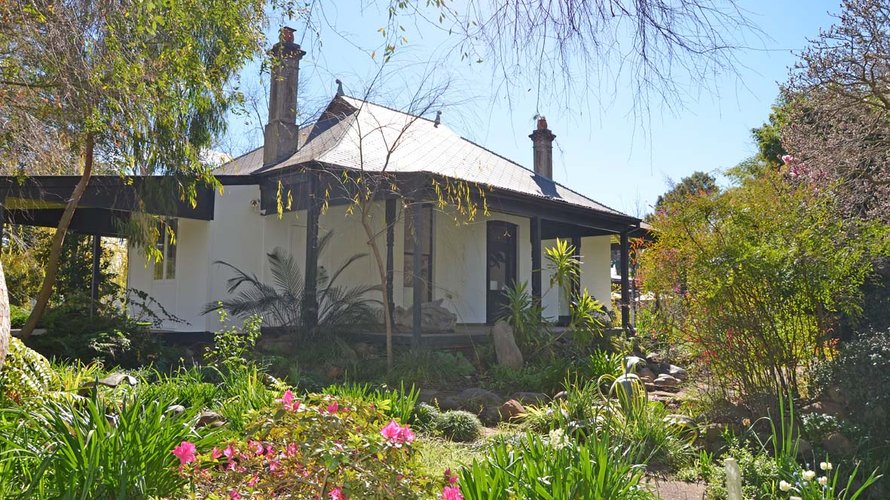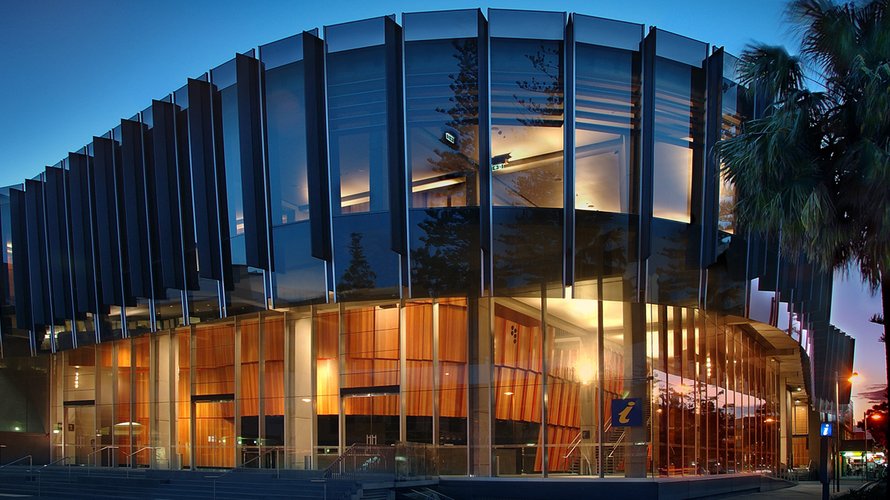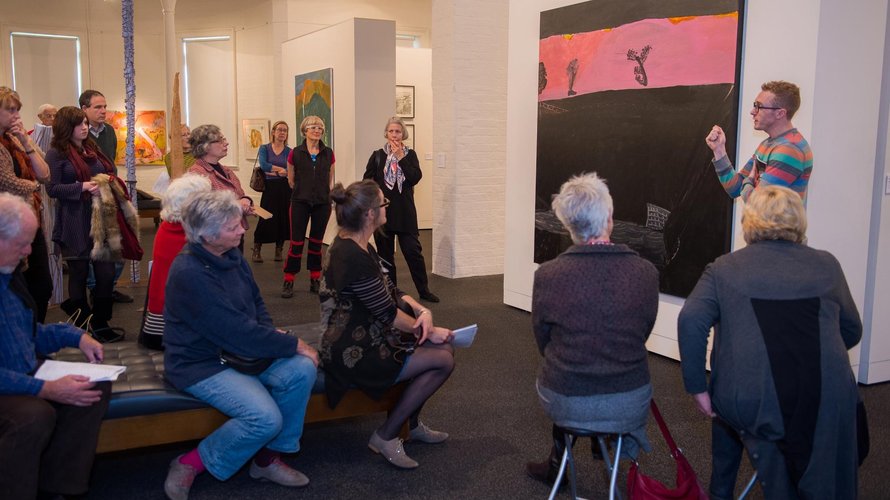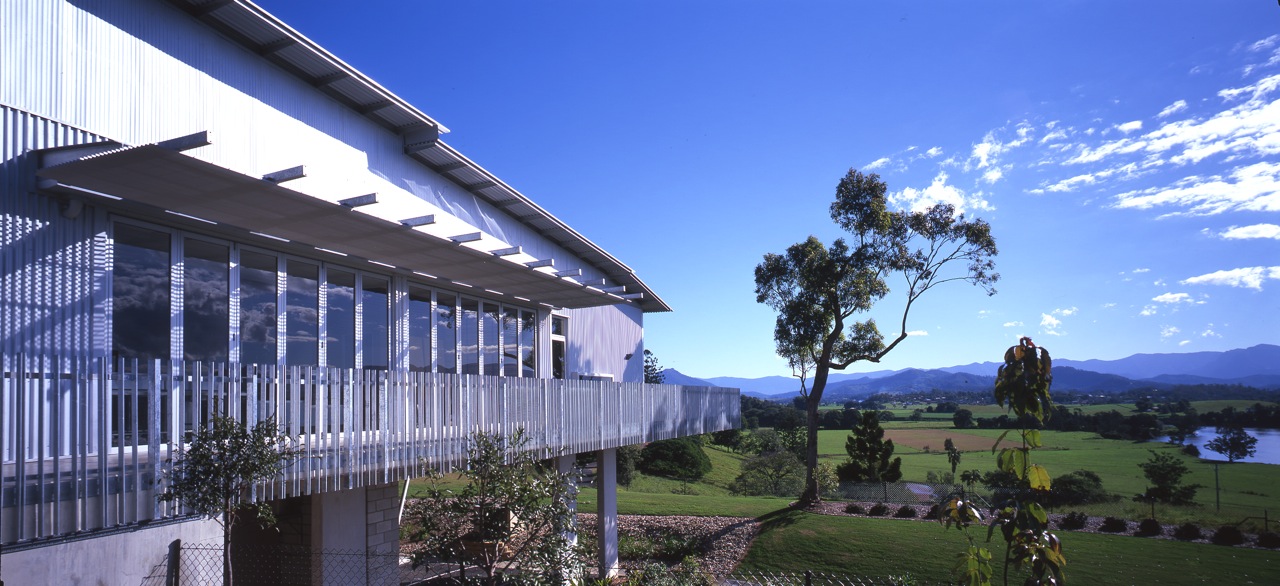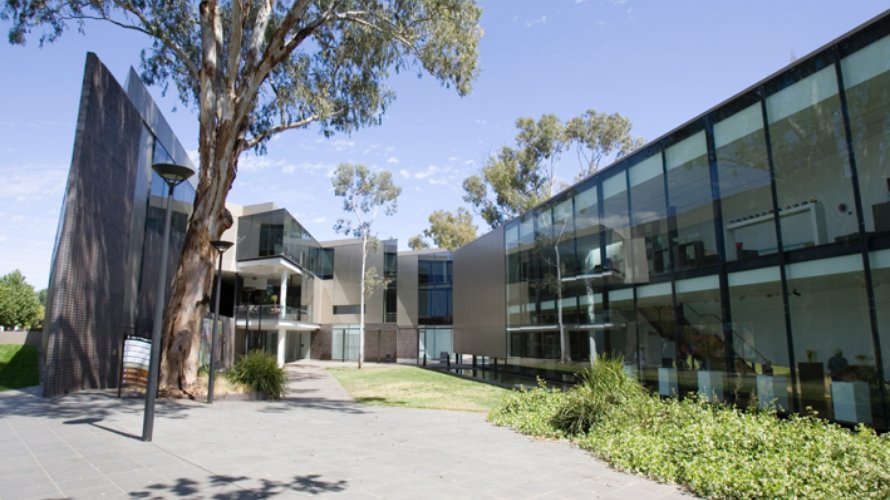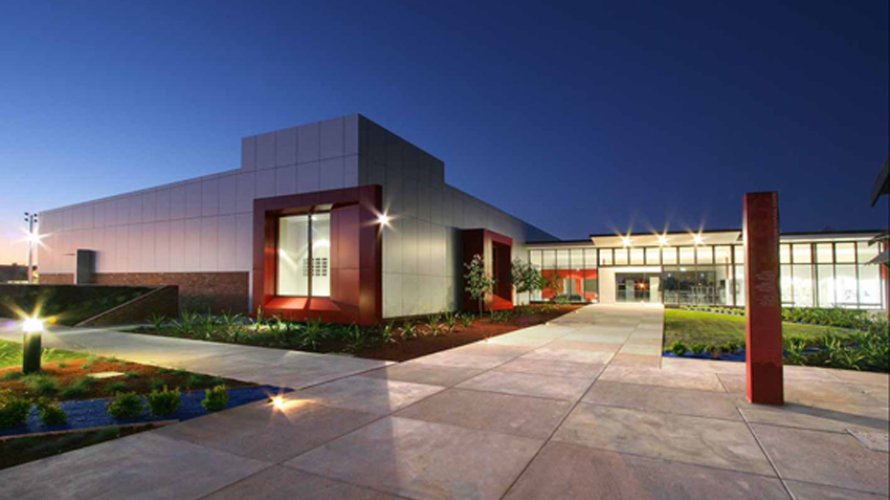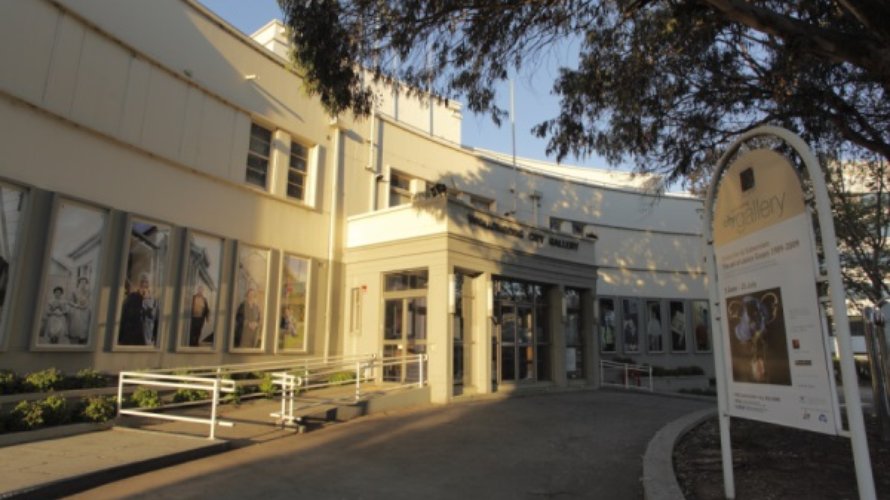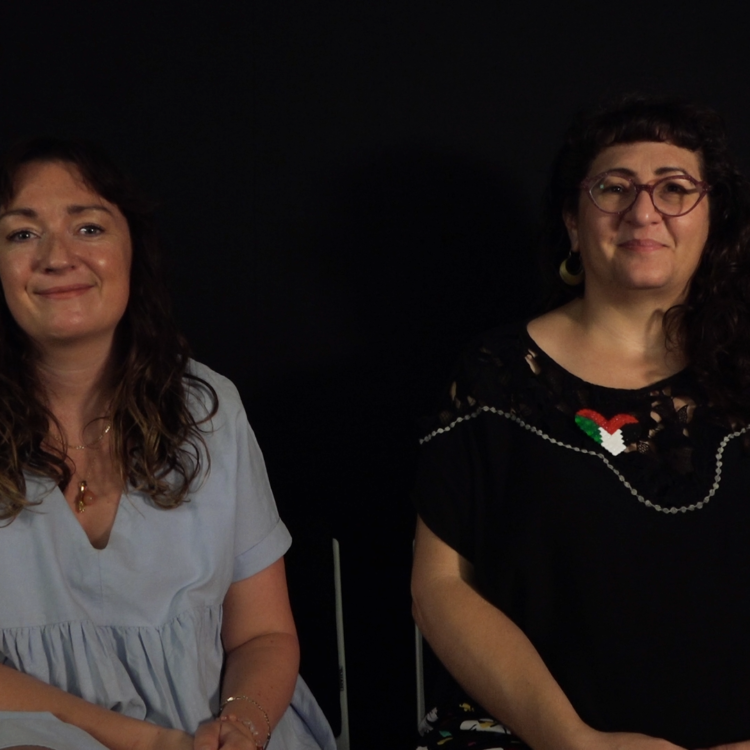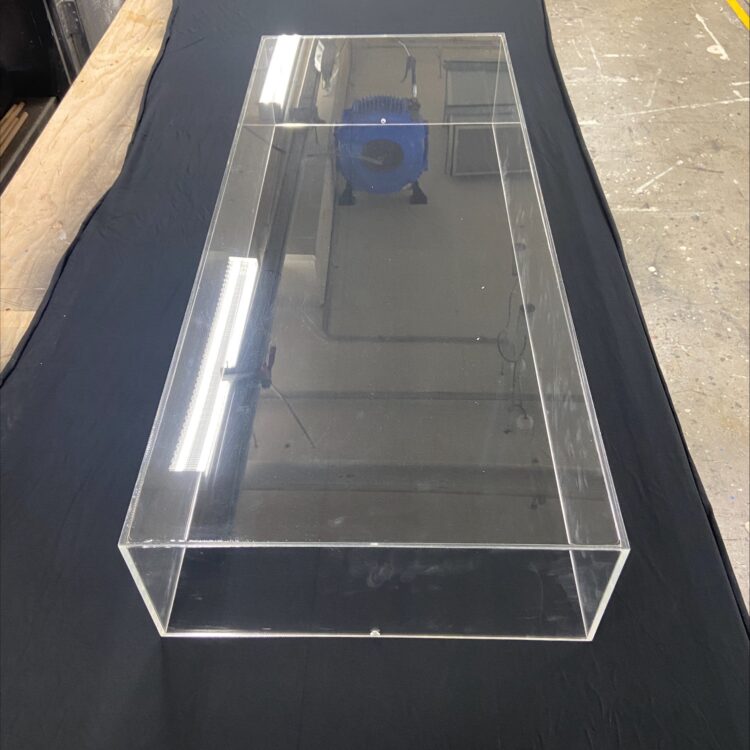You might already be aware that the regional galleries of NSW bolster and enrich local communities. They support artists and foster economic activity; they actively pull visitors into regions by providing welcome diversions on long trips. Many offer unique destinations in their own right.
But regional galleries offer much more than that. Here’s five good reasons to visit:
One: Lots of things to do and see
Regional galleries offer a kaleidoscope of vibrant exhibitions and public programming. Deeply connected to local communities, their activities and events tend to be uniquely flavoured by landscape, history and stories from within. Whether you are interested in film programs, hands-on workshops, curated exhibitions, or insight into the inner workings of a local community, a regional gallery is the place to go.
Two: Touring exhibitions
Regional galleries are also part of a network that presents touring exhibitions Australia-wide. This means you can catch blockbuster shows such as the Archibald Prize as they travel to regional destinations. Regional Galleries themselves also curate and tour major exhibitions of national significance. Originating in the country heart of Tamworth, the Textile Triennial is a nationally renowned overview of major developments in Australian textiles.
View works in modern, uncrowded spaces and participate in associated events and programs, all with easy access and parking.
Three: Unique collections
Many regional galleries house unique collections. Revealing stories about significant events in history, some of these collections originate from areas where wealth and industry inspired local benefactors to endow the community with the ‘best of art and object’ of the day.
Many of these collections have evolved into vibrant repositories of contemporary practice, including work by significant local artists.
Collection highlights include:
Australian art from the 1950’s and the Artists of Hill End – Bathurst Regional Art Gallery
Mary Turner Collection of Australian modernist paintings – Orange Regional Gallery
Nimbin Aquarius Festival Photographic Collection – Lismore Regional Art Gallery
Russell Drysdale Collection – Albury Regional Gallery
Howard Hinton Collection of Victorian travel and Australian Landscape painting – NERAM
Fibre and Textile Collection and the Regan Collection of colonial silverware – Tamworth Regional Gallery
2D and 3D contemporary ceramic and glass Collection – Cowra Regional Gallery
McCulloch Collection (oldest regional gallery collection) and Indigenous landscape works – Broken Hill Regional Gallery
Four: Inspiring architecture
Many of the older regional galleries occupy heritage buildings that have been carefully restored and renovated to provide classic exhibition halls and galleries.
Other galleries occupy modern custom designed premises that offer much to the visitor whether it be landscaped gardens, breathtaking views or exemplary Australian design – regional gallery architecture is a thing of its own.
Visit the colonial masterpiece of Maitland Regional Gallery for a look at what architect, Walter Liberty Vernon can do with a cantilevered marble staircase. Explore its many halls and galleries. Go to Penrith Regional Gallery for a taste of mid-century modern at the Lewer’s homestead or head to Goulburn to sample Phillip Cox’s archetypal curved and low-slung roofed creation, one of a suite of cultural buildings by Cox which includes the Australian National Maritime Museum.
Five: Artist residencies
Many regional galleries host artist residencies. Artists work with galleries to explore collections, develop new work and to interact with the local people. Works produced through these residencies offer opportunities to expand collections, documenting relationships between place and people.
The Hill End Artist in Residence program, hosted by Bathurst Regional Gallery, is one of the better known. The original cottages and studios once occupied by artists such as Donald Friend, Russell Drysdale, John Olsen, Brett Whiteley and Margaret Olley in the ’50s and ’60s, are made available to contemporary artists and opened to the public at regular intervals throughout the year. It’s a great way to explore the making of art and to witness the collaboration of local communities with working artists.
Grafton Regional Gallery, New England Regional Art Museum and the new Margaret Olley Art Centre at Tweed Regional Art Gallery also offer sought-after residencies.
Find a Regional Public Gallery near you
You can see over 40 statewide and non-profit regional galleries here. This directory of galleries is complete with details about each gallery’s programs and all the information you need to arrange a visit.

